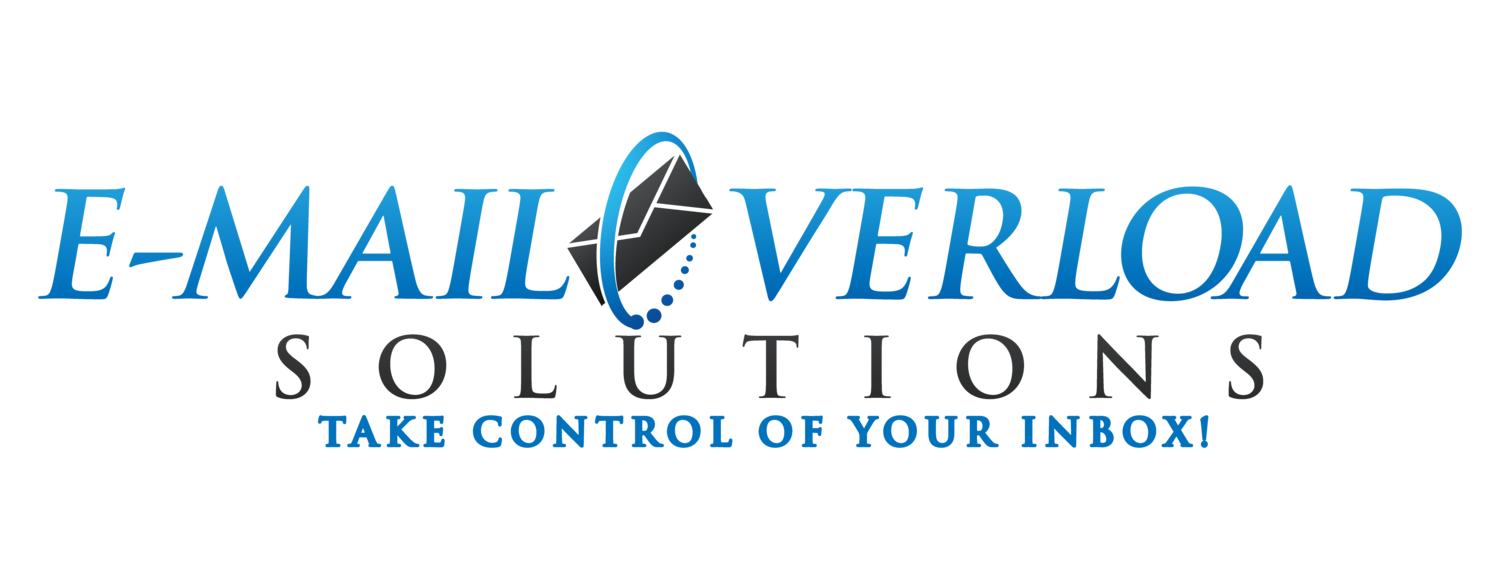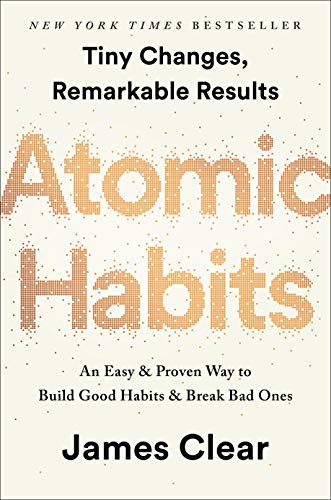Learn How to Focus on your Tasks at Hand to Improve your Productivity
/Focusing is a skill - and a difficult one at that.
Learning to focus your mind and attention to work on a single activity for an extended period takes persistence, patience, and consistent practice. But learning to focus is an important skill worth learning, and will greatly benefit your personal productivity.
Your Productivity and Completing Tasks
In a past post, I discussed the six key components that comprise my productivity system, which include; Reference/File system, Project Management, Process Management, Task Management, Schedule/Calendar Management, and Communication Management.
For the “Task Management” component of your productivity system, you need to learn to accomplish the task(s) that you have identified as being the most important and critical activities to perform.
The Intention vs Outcome Accomplishment Gap
But just because you know “what” you want to do, doesn’t necessarily mean that you will be successful in “doing” it, or more importantly, actually “completing” that activity. This is the “accomplishment gap” that occurs between your “intention” (what you “want” to do) and your “outcomes” (what you “accomplish”).
A key source of this “accomplishment gap” is because of a simple but incredibly important and difficult thing called “Focus”.
What is Focus?
Focus is the ability to concentrate your attention on a single activity or interest.
Learning to stay focused on your task at hand is a critically important skill towards staying productive and accomplishing your goals.
Unfortunately, many people can only work on one activity for just a few minutes at most before getting side-tracked by stray thoughts, interruptions, distractions, or just plain mental fatigue.
The Challenge of Maintaining Focus
To stay focused on a single task or activity, you must learn how to concentrate your focus and avoid distractions, interruptions, and stray-thoughts.
The best way to do this to so learn to say “no” to almost everything else that can interrupt you, distract you, or derail you from completing this one task.
“What you don’t do determines what you can do.”
There are some great books and systems that have been written about how to focus, but here are the key steps that I have found to be critical to achieving and maintaining “Focus” and accomplishing your goals.
The 5 Steps to Achieving and Maintaining Focus
There are 5 steps that I have identified in learning to Achieve and Maintain Focus.
1 - Identify your “Focus Task” and it’s “Accomplished State”
The first step is to use your productivity system to identify the “focus task” you want to perform and it’s “accomplished state” (what “completed” means for that task).
A “Focus Task” would normally be something from your Productivity system, such as the next step of an important Project, an activity that needs to be completed from your “To Do” list, or material you need to develop for an upcoming meeting.
The “Accomplished State” is what constitutes that task being “completed”. It needs to be very specific and measurable.
For example, you may need to build a 10 page PowerPoint deck for an upcoming meeting. Or you may need to process your weekly Expense Reports into your Expense Reporting System.
But the two always go together; The “Task” and it’s “Accomplished State”. These need to be kept “front and center” as part of learning to “Focus”.
2 - Eliminate Distractions
Now that you have identified what you want to accomplish (your “Focus Task”) and what “completion” looks like (“Accomplished State”), it’s time to get ready to work...Or is it?
Before you start working on yourself up for success, and nothing derails your work quicker than “distractions”.
First, a bit about distractions…
There two key types of distractions: A) External Distractions and B) Internal Distractions
A) External Distractions
External distractions come from an outside source and impact your ability to focus.
There are three main sources of External Distractions; i) Environmental, ii) Technological and iii) Interpersonal.
i) Environmental Distractions
Environmental distractions are caused by something in the environment around you, including your personal comfort level.
Examples include; noise, temperature, lighting, physical comfort, and hunger/thirst.
To minimize the negative impact of environmental distractions;
Turn off the television and the radio (unless music helps you focus).
Set the temperature and lighting is at a comfortable level
Ensure your desk and chair are ergonomically correct.
Make sure you are well-rested, fed, comfortable, and ready to work.
ii) Technological Distractions
Technological distractions are anything caused by technology.
Examples include; pop-up notification messages, instant messaging, social networks, sounds from computer applications, or the display of competing information on your computer or device.
To reduce the impact of technological distractions:
Turn off all visual and audible notifications.
Close-down any applications except the one you need to use for your Focus task.
If possible, simply turn-off your mobile phone, or at least place it on “mute”.
iii) Interpersonal Distractions
Interpersonal distractions are interruptions caused by other people.
Examples include; people phoning or texting you, people stopping by your workspace, and interruptions by co-workers you share office space with.
To reduce the impact of interpersonal distractions:
Set your messenger apps and Email to “do not disturb” mode or shut them down.
Place an “Engaged in Deep Work” sign on your office door or entry to your workspace.
Wear headphones, even if they are not playing music - many people will simply leave you alone if they think you are listening to music, and they have the additional benefit of “muting” environmental noise as well.
B) Internal Distractions
Internal Distractions are ones caused by your own wandering mind. They are some of the most difficult to control since YOU are the cause of the distraction, and why “focus” can be so very difficult!
Examples include; daydreaming, succumbing to distractions or interruptions, thinking about another activity, jumping to look at something else “for just a second” that then turns into much longer than a second, or just “losing focus”.
To reduce the impact of internal distractions:
Meditation and Mindfulness exercises can help you learn how to reduce the frequency and impact of Internal Distractions.
And some of the suggestions such as reducing other types of distractions and optimizing your environment will help to reduce their frequency and severity.
3 - Optimize your Environment and Workspace
So, you have identified your Focus Task and eliminated key sources of potential distraction. Are you ready to start? Not quite.
You now need to get your physical environment ready for the specific work you wish to accomplish.
Different types of work require different environments
If you are going to be doing software development, you will likely want to be using large monitors, a quiet environment (unless you work better to music), and access to the technical resources and functional specifications you need to do the work.
If you are going to be practicing a speech you need to give, you should have an environment that is as close as possible to the actual environment you will be in when giving the speech. If you will be giving the speech while standing behind a podium, try to find one to practice with. If you are going to be presenting over a video-conference, practice working in that environment.
The key is to set yourself up for “success” by ensuring you have the tools and workspace you need to maximize the time you are putting against your “Focus Task”.
4 - Create a “Distraction Capture List”
Despite all your best efforts to stay focused, stray thoughts will enter your head and threaten to throw you “off-task”.
Stever Robbins has a great idea for handling these - it’s called the “Distraction To Do List”, or what I call the “Distraction Capture List”.
The key is to have a way to ‘capture’ all of these items but not derail your focus session.
Because of something called the Zeigarnik effect, all the stray thoughts and partially completed tasks will just start to nag at you and take away from your ability to focus. By having a “Distraction Capture List”, you have a way to quickly capture them but then continue with your “Focus Task”.
I like using a handy notepad I keep next to my computer where I can quickly jot something that floats into my head. I find this the quickest way to capture items without getting distracted by going into my task management system. Later on, after I have completed my “Focus Task”, I will add these to my Task Management system as appropriate.
5 - Start your Focus Session
OK. So you have identified your “Focus Task”, removed your “Distractions”, optimized your “Workspace” and prepared a “Distraction Capture List”
All the “prep-work” is done and you are ready to start your focus session, but before you start, you need to know how long you are going to allocate to your focus session.
Some tasks are simply too big or complex to complete in a single session, and most people have a limit as to how long they can focus on a single task before they hit “mental exhaustion”.
For starters, I suggest most people start with a 25-minute focus session followed by a 5-minute break. This may not sound like a lot, but you will be surprised at how challenging staying fully focused for 25 minutes can be.
As you improve your focus, you will find that you can increase your focus sessions- perhaps to 30, 40, or even 50 minutes.
You may even find that you can get yourself into a “state of flow” and can focus on one activity for several hours, but that is a topic for another post.
Luckily, 25 and 50-minute focus sessions work very nicely in conjunction with following The Pomodoro Technique, a “time-chunking” approach which I have discussed in prior posts and highly recommend.
Learning to focus is a skill… and a difficult one at that!
It is something that you need to work hard at, consistently, to improve. But learning to stay focused on a task is a critical component of becoming more productive.
In fact, “focus” is perhaps one of the most important skills that will enable you to achieve more in less time, since you will simply be more efficient at completing your goals.
Some of the most impressive people I have worked with over the years can intensely focus on a single activity and put aside all other distractions and competing activities to achieve their goals.













